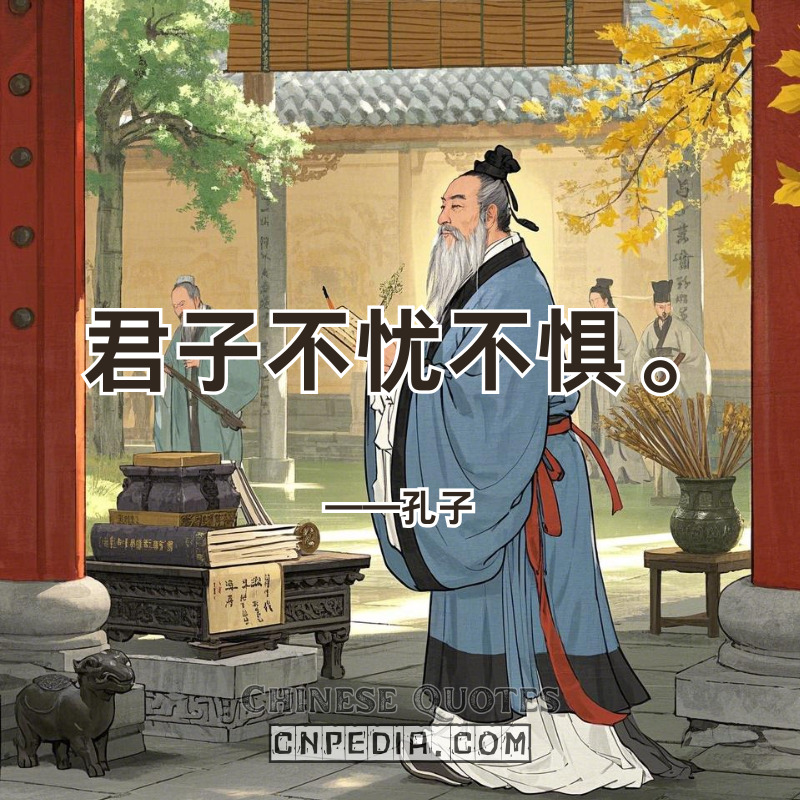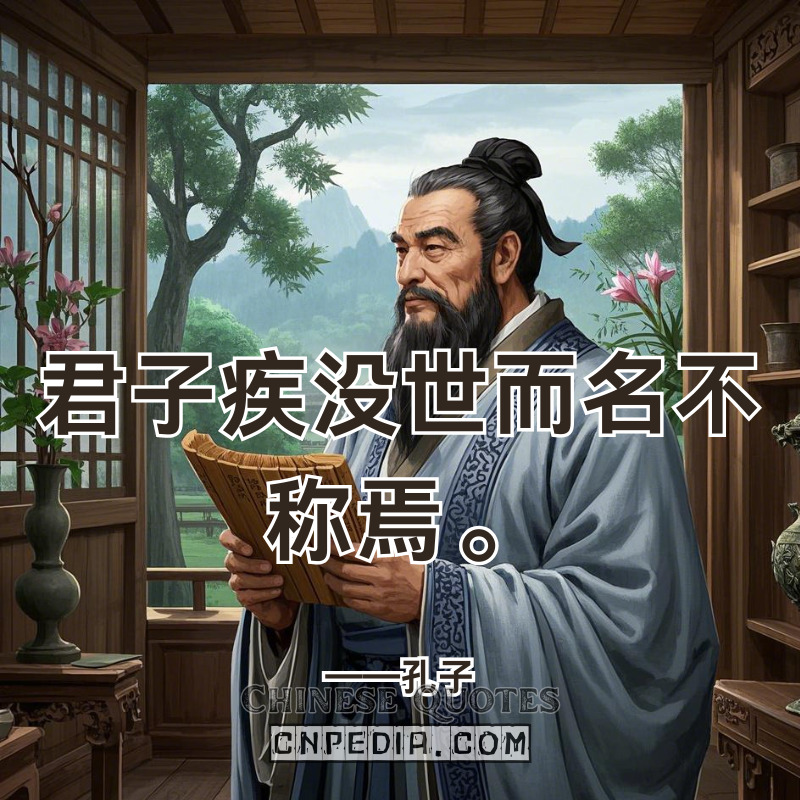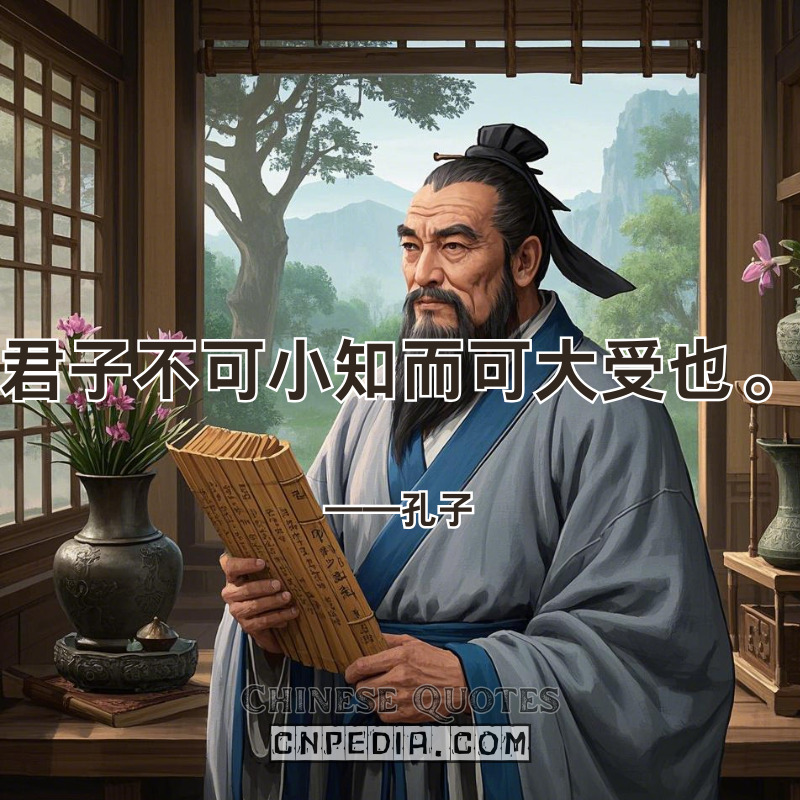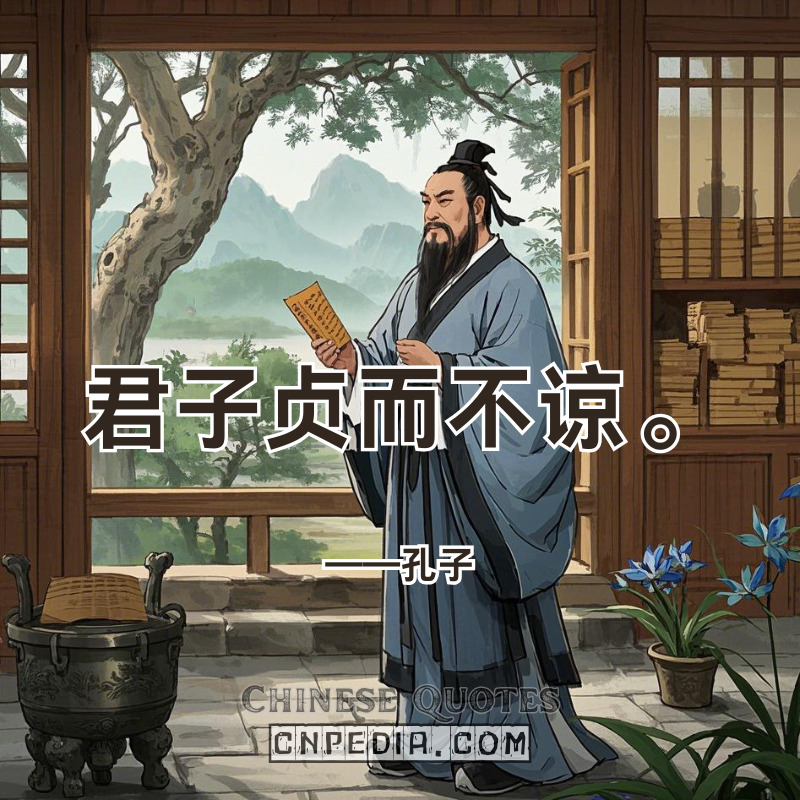工欲善其事,必先利其器。——孔子
(gōng yù shàn qí shì, bì xiān lì qí qì — Kǒngzǐ)

Translation: “The artisan perfects the craft by first sharpening tools.”
Explanation:
Confucius’ axiom “工欲善其事,必先利其器(gōng yù shàn qí shì, bì xiān lì qí qì)” (The artisan perfects the craft by first sharpening tools) establishes humanity’s earliest process optimization philosophy. The character 工(gōng)—originally depicting a carpenter’s square—symbolizes precision preparation as the foundation of excellence. This principle shaped 《考工记》(kǎo gōng jì) (Artificers’ Records), China’s first engineering manual from the Warring States period, which mandated tool calibration rituals before constructing royal chariots.
The Industrial Revolution revived this wisdom. Toyota’s 精益生产(jīng yì shēng chǎn) (Lean Production System) operationalized 利其器(lì qí qì) through “single-minute exchange of die” (SMED) protocols—reducing tool changeovers from hours to minutes. Modern chip manufacturers like TSMC mirror this with atomic-layer deposition systems that “sharpen” lithography tools to angstrom-level precision before wafer production.
Neuroscience confirms the cognitive value of preparation. 2023 MIT studies show surgeons pre-visualizing tools (利其器(lì qí qì) exhibit 41% faster neural pathway activation during operations. AI infrastructure developers now encode this principle—OpenAI’s DALL-E 3 undergoes exhaustive “tool sharpening” via multimodal pre-training before creative tasks.
From NASA’s pre-launch simulation rigs to TikTok’s content algorithms fine-tuned through A/B testing, this 2,500-year-old maxim proves: Whether carving jade or code, mastery begins not with the hand, but with the 器(qì) (tool). As quantum computing demands picosecond-level calibration, Confucius’ carpenter-square wisdom becomes our universal blueprint for excellence.
.jpg)







——Records-of-the-Grand-Historian-Biographies-of-the-Money-makers.jpg)
——Records-of-the-Grand-Historian-Biographies-of-the-Money-makers.jpg)
——Records-of-the-Grand-Historian-Biographies-of-the-Money-makers.jpg)
——Records-of-the-Grand-Historian-Biographies-of-the-Money-makers.jpg)
——Records-of-the-Grand-Historian-Biographies-of-the-Money-makers.jpg)
——Records-of-the-Grand-Historian-Biographies-of-the-Money-makers.jpg)